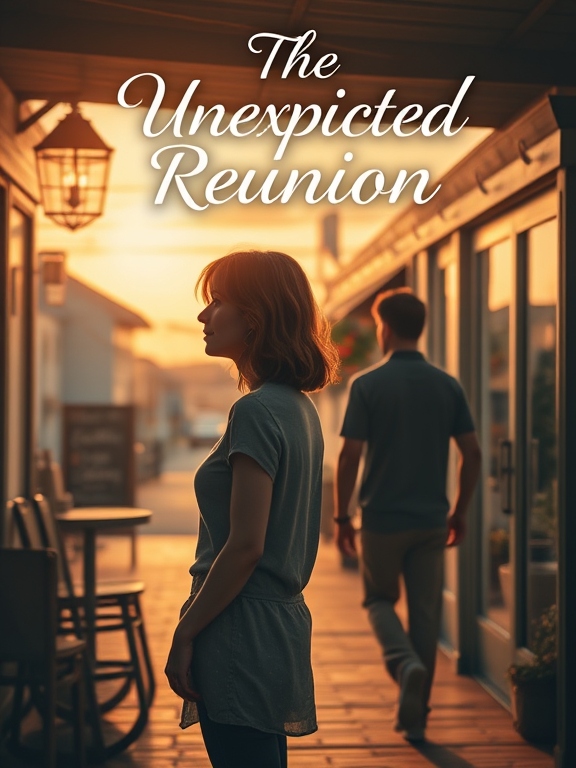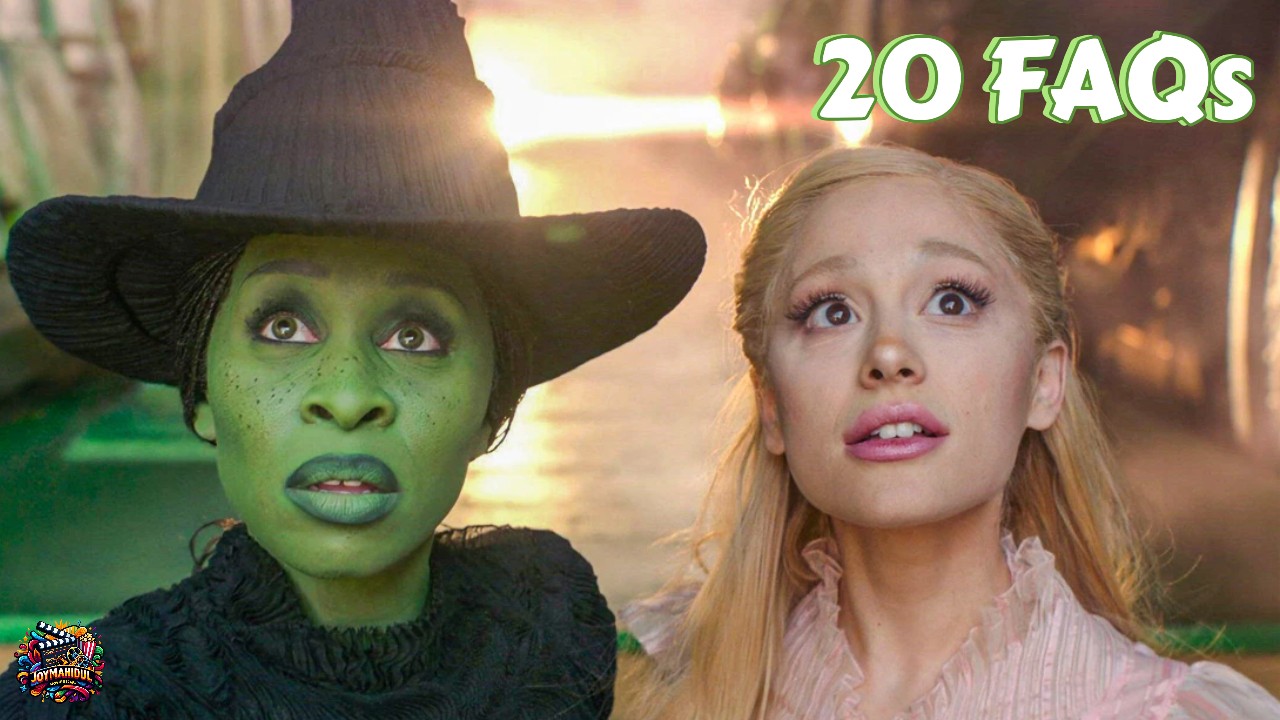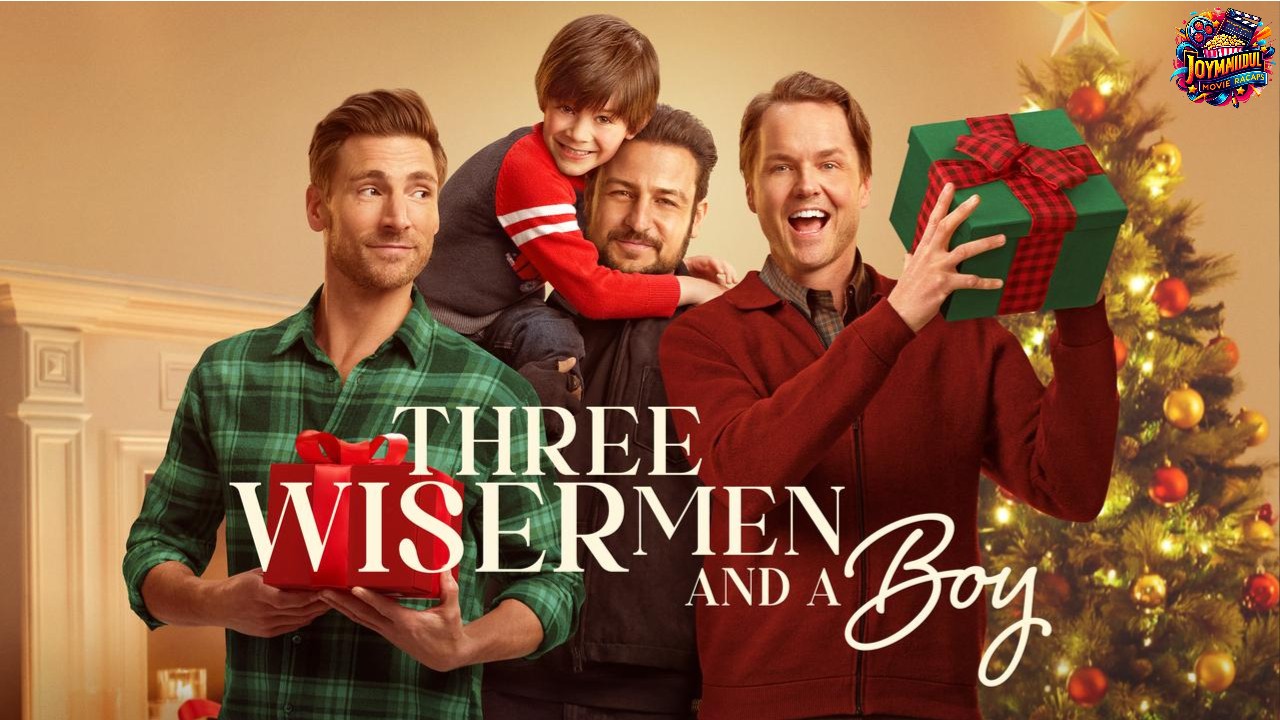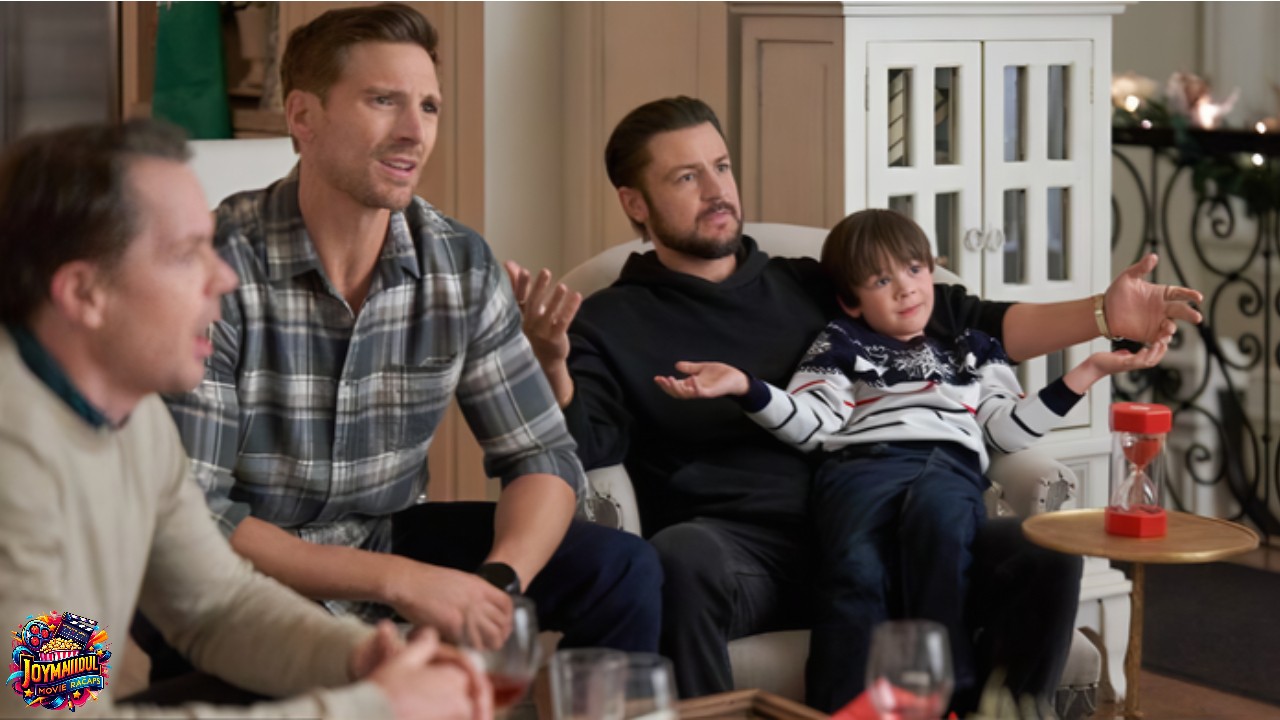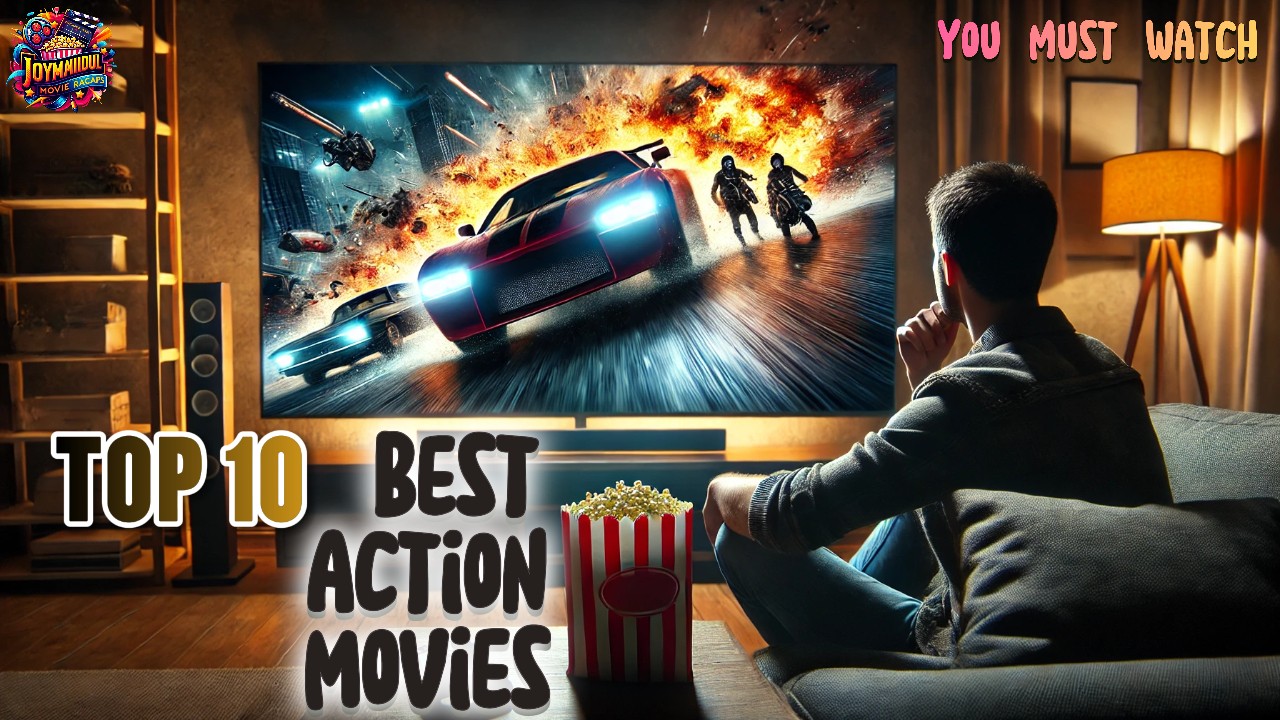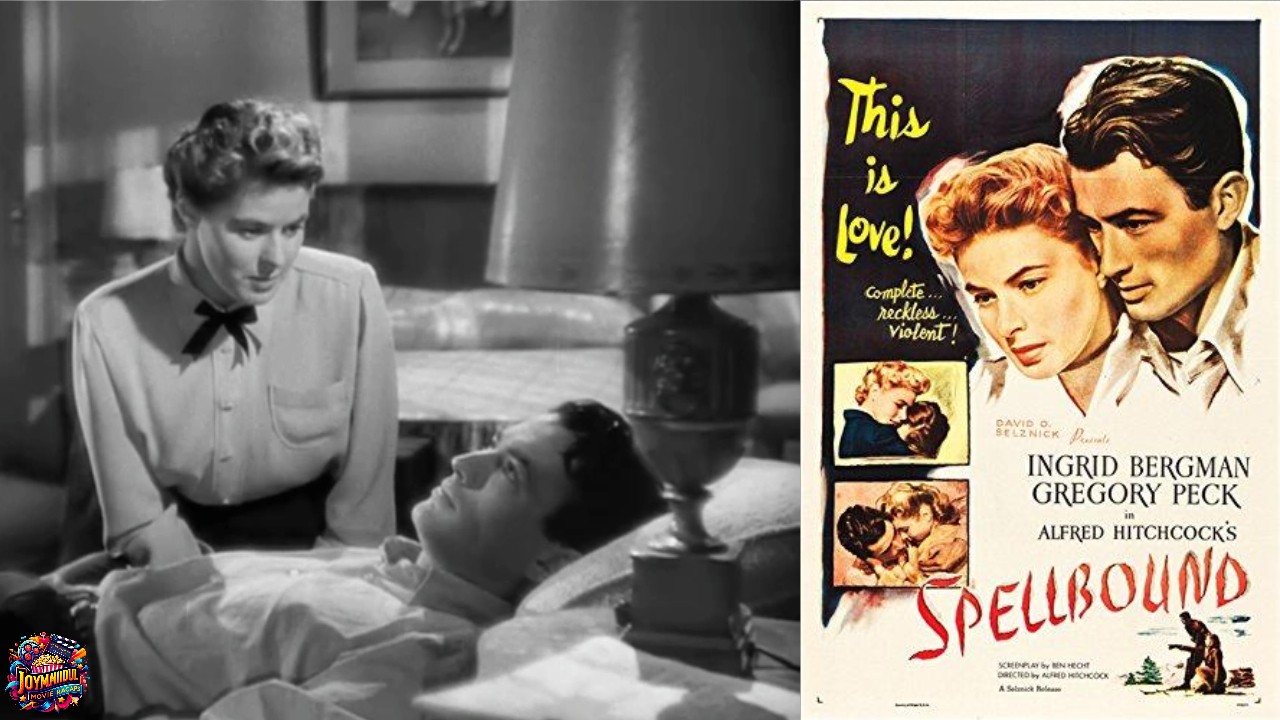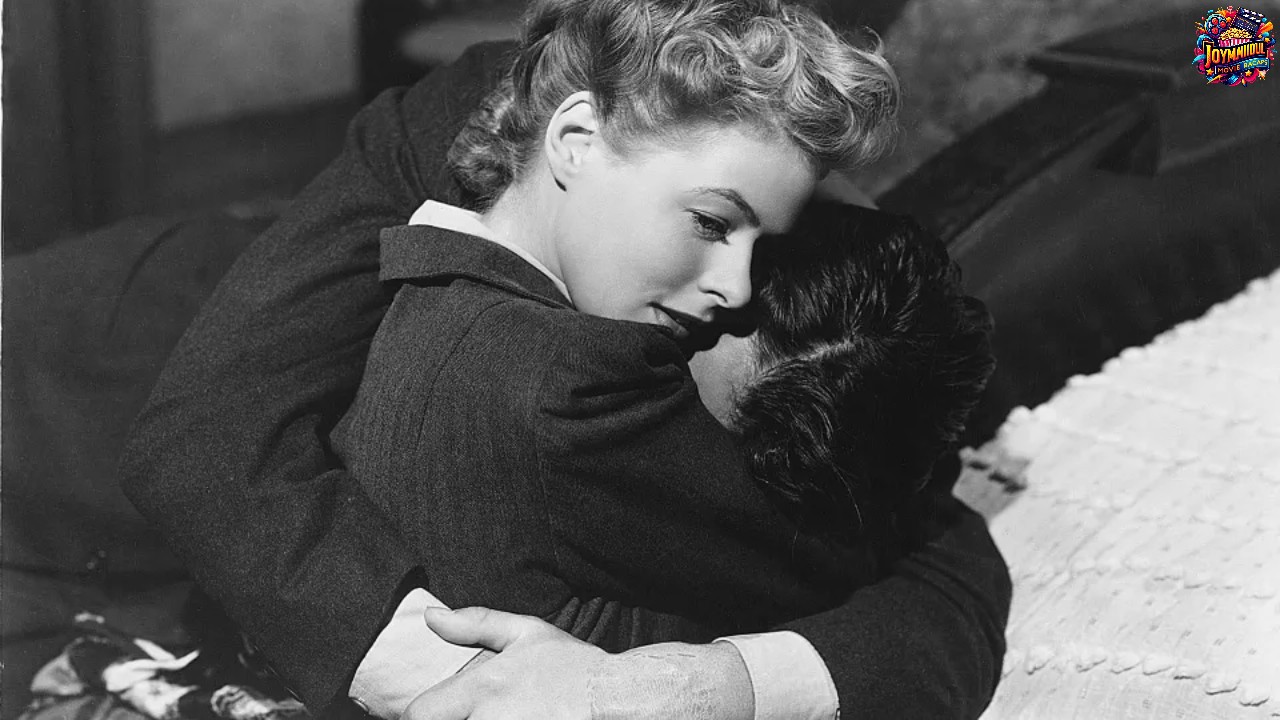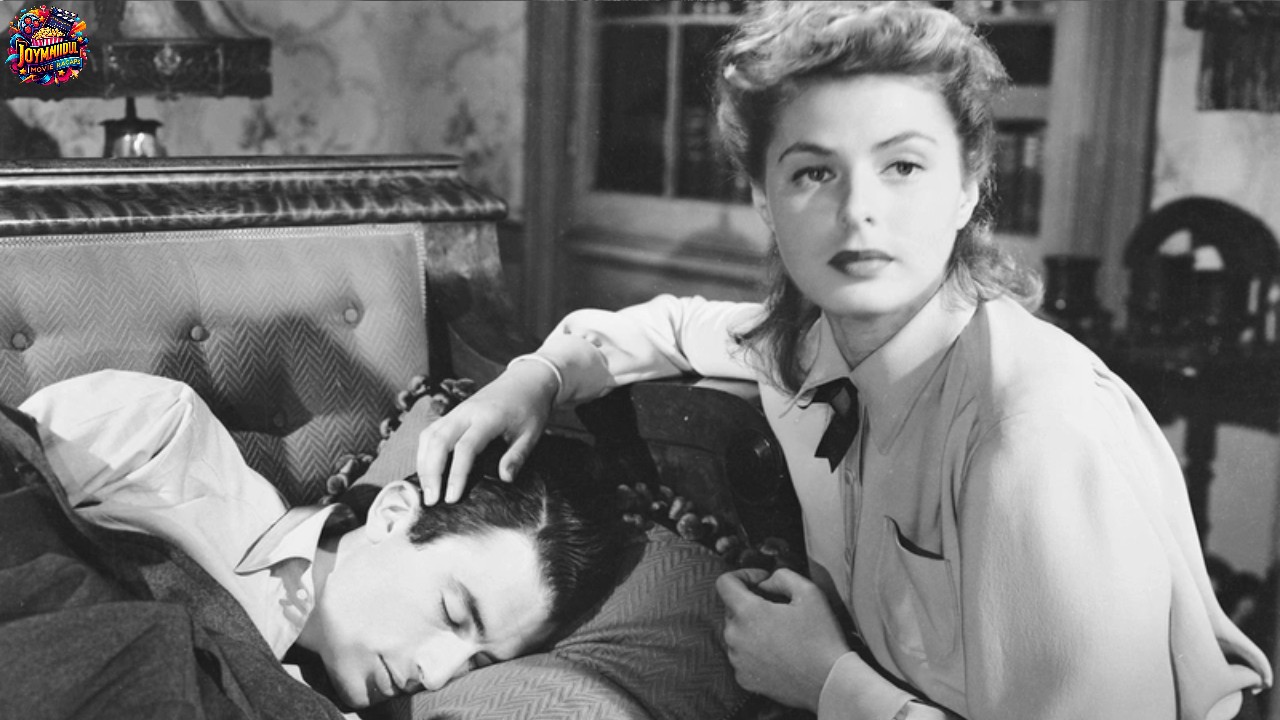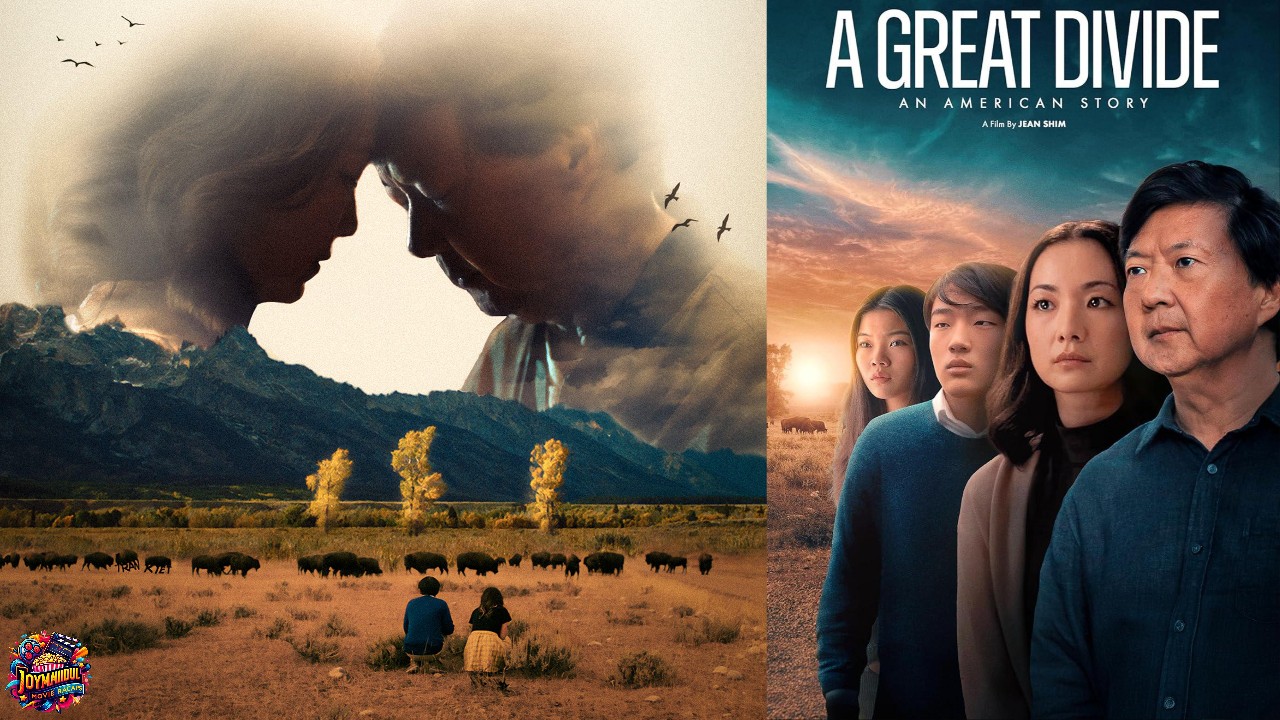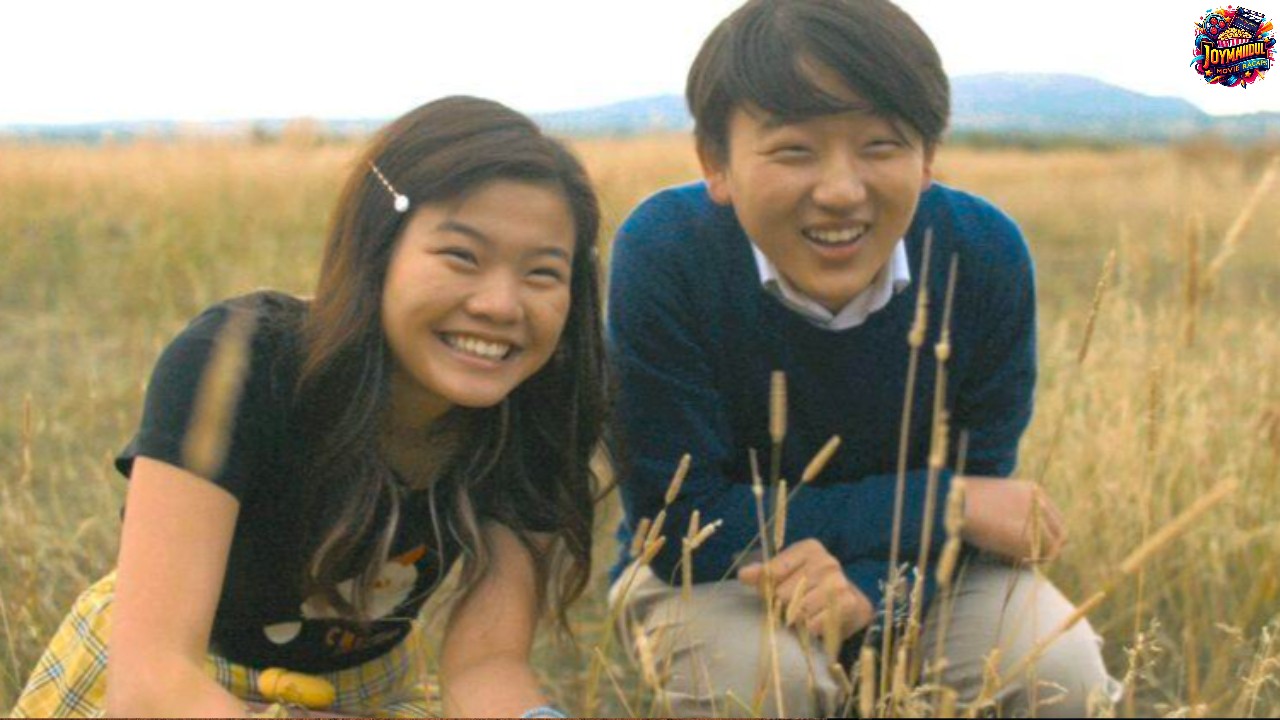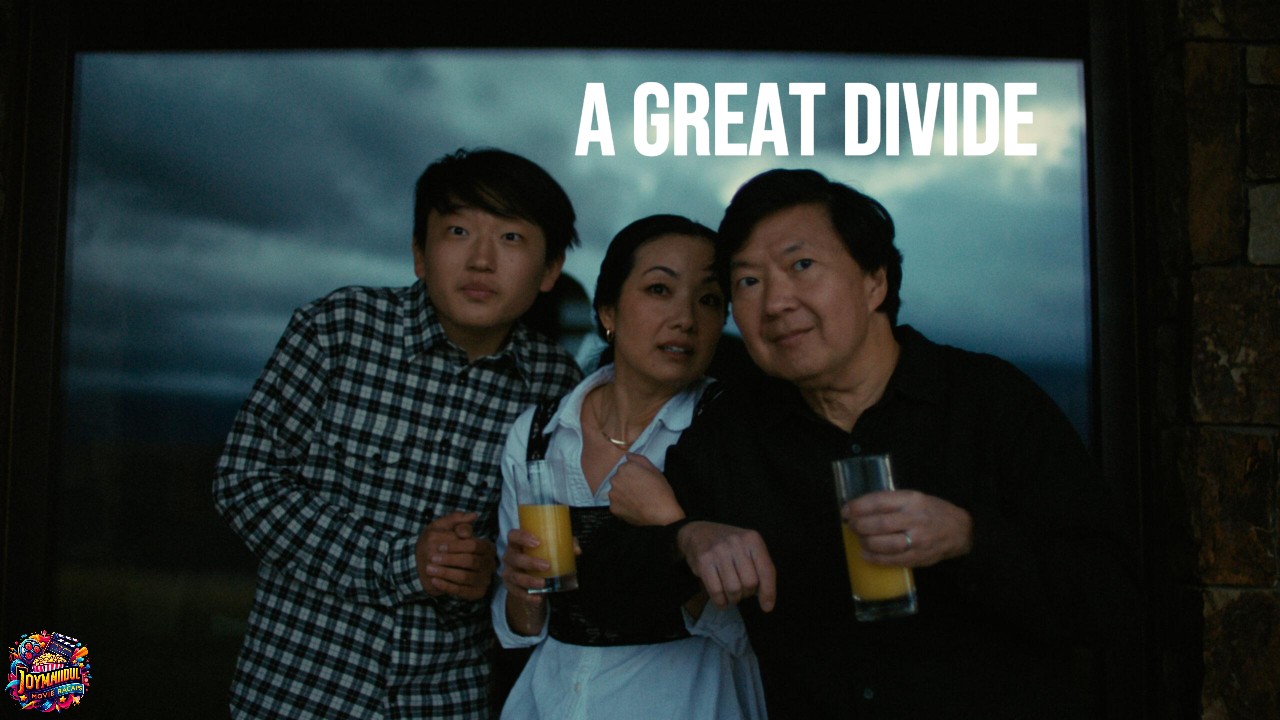Md. Al Mahidul Islam Joy
The Unexpected Reunion: A Heartwarming Tale of Lost Love and Second Chances
Context Table for “The Unexpected Reunion”
| Element | Description |
|---|---|
| Genre | Romance, Drama |
| Themes | Lost love, second chances, healing, self-discovery, reconciliation, small-town charm |
| Setting | Meadowbrook – a small seaside town with emotional and nostalgic significance |
| Main Characters | Lena (protagonist struggling with her past decisions) and Ben (her former lover, symbolizing unresolved love) |
| Plot Highlights | Lena returns to her hometown, confronts unresolved feelings with Ben, and they explore a potential rekindling. |
Lena stood at the entrance of the small town of Meadowbrook, feeling sad about her memories there. The salty sea breeze pulled at her hair and brought the familiar ocean smell. This was where she had left everything—a place with happy and painful memories. Every year, without fail, Lena came back to this seaside town. It had become her safe place, where she could try to heal from her past hurts.
After her mother died, Lena felt lost in the busy city. She tried to hide her pain with work, new friends, and quick distractions. But nothing could replace her mother, who meant everything to her. Every year, on the day her mother passed away, Lena returned to Meadowbrook. The town always felt comforting, where time slowed down, letting her breathe again. Here, she could almost forget her sadness.
The old cottage her mother had lived in was still there, but it felt emptier now. Lena spent every summer of her childhood there, playing in the fields, collecting seashells, and dreaming of a bigger life. But those dreams faded when she went to college—and even more when her relationship with Ben ended.
Ben. Just hearing his name made her chest hurt. He was part of her summer days, but now he felt far away. Their love had been bright and quick. They shared everything—the sunsets, secrets, and promises. But those promises broke apart, caused by things Lena couldn’t control. It wasn’t just the distance that separated them. She struggled to let him in, to trust him completely, even when he gave her every reason to.
As she walked the familiar path to the beach, Lena thought back to their last summer together. The last summer before everything changed. They were always together, holding hands, dreaming about their future, and making plans for a life that felt certain. But Lena was scared to hold on, worried about what it meant to tie herself to something—or someone—so fully.
She had walked away from him, not knowing how to explain the strong fear in her heart. Fear of failing, fear of losing herself, fear of giving up the safe life she thought she needed. Now, every time she returned to Meadowbrook, she felt that same deep sense of loss. She missed him more than she would admit, even to herself.
The sound of waves crashing on the shore filled the air. The noise in her mind was louder. The longing, the regret, the memories of their time together. If only she could go back in time. But there was no way to rewind. The choices she made led her down a different path, one that didn’t include Ben.
The sun set and cast a golden light on the water. Lena wondered if it was possible to bring back something that had ended long ago. Could she ever find peace with the past? Could she fix the pain she caused by leaving him? Or had too much time passed, leaving only memories of what they once had?
Lena’s heart raced as she entered the small coffee shop in Meadowbrook. The rich smell of coffee and the sound of cups clinking surrounded her. The shop looked the same as always, a cozy place where locals met to talk or escape their worries. She had spent many happy afternoons here as a child, sharing moments with Ben.
She was not ready for what she found inside.
Near the window sat Ben, almost as if he had never left. His dark hair was longer. He looked more mature. He was no longer the boy she remembered. He was now a man who had lived without her. He stared outside, lost in his thoughts or memories.
Lena paused, her hand on the door, her heartbeat speeding up. She considered turning back to her quiet cottage. They hadn’t seen each other in years. Would he recognize her? Would he be upset or indifferent after all that happened?
But without thinking, she moved forward. The doorbell rang as she stepped in, and Ben looked up, their eyes meeting. For a moment, silence filled the air. They were two people who once shared everything, now facing years of untold stories.
“Lena,” Ben said softly, but his words carried a lot of weight—years and feelings he never expressed.
Her stomach turned. His voice was as warm as ever, reminding her of the life she had left behind. She swallowed hard. “Ben,” she answered, her voice more shaky than she wanted.
There was a long silence. He looked at her. His eyes searched her face. He seemed to be looking for something—maybe the girl he once knew or a woman who had changed too much.
“Wow, it’s been a long time,” Ben finally spoke, surprise mixed with deeper emotions.
“Yeah, a long time,” Lena said, a nervous laugh slipping out. She felt a wave of feelings, old memories rushing back. She tried to push down the churn in her chest, her heart pounding harder as time passed.
“Are you… back for good?” Ben asked, careful with his words.
Lena shifted and said uncomfortably, “No,” quickly, her voice giving away the truth. “Just for a little while. I need some time to think, I guess.”
Ben nodded slowly, thinking about what she said. He took a sip of his coffee. The sound of the cup against his lips eased the tension. It was just enough for Lena to collect her thoughts.
“Is everything… okay?” he asked softly, looking into her eyes. He could always read her better than anyone else.
Lena hesitated, her mind racing. Could she explain all the years of emptiness? Could she talk about the guilt and longing that bothered her? How could she say that she had never really moved on from him?
She forced a smile, trying to hide her feelings. “Yeah, everything’s fine. Just, you know… life.”
Ben raised an eyebrow, clearly not believing her. “Life,” he repeated, letting out a small laugh. “It’s been a lot of that, hasn’t it?”
Lena nodded, her chest tightening. She knew he was hinting at the life they had wanted to share. That life ended when she left. She was unable to commit and unable to face the future with him. The life she told herself was too complicated to keep.
“I’ve… I’ve been busy,” she said, her voice shaking. “I moved to the city. Got a job. Tried to sort things out.”
“And?” Ben asked, his voice light but serious. “Did you? Sort things out?”
Lena swallowed. The truth was, she hadn’t figured anything out. She buried herself in work. She surrounded herself with distractions. She tried to forget her past and the guilt of what she had lost.
The silence between them stretched out again, but this time it was more comfortable. It was as if the years apart had changed the weight of their words, made everything more fragile, more delicate.
“You look good, though,” Ben said after a moment, breaking the quiet. His voice was honest, but also something bittersweet.
Lena smiled faintly, grateful for the attempt to ease the tension. “Thanks. You do too. I mean, you look… different, but in a good way.”
Ben chuckled softly. “Yeah, time does that to you.”
Lena watched him for a moment, the years between them suddenly feeling insignificant. The man in front of her was still Ben. He was the same person she had fallen in love with all those years ago. And yet, there was so much that had changed. So much that they couldn’t undo.
She quickly shifted the conversation, asking about what Ben had been doing since she left. He gave her a brief rundown—he had stayed in Meadowbrook, working at the local marina, living a quiet life. He had never left, never felt the need to, unlike her, who had sought a new life in the city. She sensed there was more to his story. He didn’t offer any further details. Similarly, she kept her own life vague.
Lena’s mind wandered as Ben spoke. She tried desperately to push away the overwhelming emotions. They threatened to consume her. She had convinced herself, over the years, that she had moved on. That she didn’t need him. But now, seeing him again, everything she had buried deep inside came rushing to the surface. She hadn’t moved on, not really. She had just been pretending.
Ben was still a part of her, whether she liked it or not.
Over the next few days, Lena and Ben began to find their way back to each other. It wasn’t an easy process. Nothing ever truly is when two people have shared something as intimate and painful as their history. But it was slow. It was like the gentle ebb and flow of the tides they both knew so well.
It started with small, casual encounters. Lena would stop by the coffee shop again, and Ben would be there, reading or scribbling in a notebook. At first, their conversations were stiff, filled with awkward pauses. But little by little, the walls between them began to crack, and they found themselves talking more easily. The past was never far from their minds. However, they started talking about the present—their lives. They also talked about the things they had missed in each other’s absence.
One afternoon, Ben invited Lena for a walk along the beach. They had done this countless times in their youth. The familiar sound of the waves crashing against the shore was oddly comforting, a reminder of simpler times. The years since their last walk seemed to vanish. Each step they took in the sand erased the time that had passed.
“It’s strange,” Ben said as they walked side by side, “how much has changed, but how much feels the same. Like nothing’s different.”
Lena nodded. Her gaze was on the horizon. The sun was beginning to set and casting a golden glow over the water. “I know what you mean,” she said softly. “It’s like everything’s in its place, and yet, I feel like I’m out of step with it all.”
Ben glanced over at her, his expression soft. “You’ve been gone a long time. I don’t blame you for feeling that way.”
Lena felt a knot tighten in her chest. She wanted to reach out, to say something, but the words felt inadequate. The truth was, she had left him—left everything behind—and for what? The bustling city life? The distractions of work and new relationships? She had thought she needed space, but now, standing next to him, she realized how much she had sacrificed. The empty years stretched out behind her, and it hurt.
“I didn’t mean to leave like I did,” she said, her voice barely above a whisper.
Ben didn’t respond immediately. Instead, he stopped walking and turned to face her, his gaze intense yet gentle. “I know,” he said quietly. “You did what you thought was best at the time.”
Lena bit her lip, struggling to keep her emotions in check. “But what if it wasn’t the best? What if I messed everything up?”
Ben reached out, placing a hand on her shoulder. His touch was warm, and grounding, and it sent a wave of longing through Lena’s chest. “I don’t know, Lena. But we can’t go back. All we can do is try to move forward. Together, or apart. But we don’t have to stay stuck in the past.”
His words lingered in the air. For a brief moment, it felt like they were two pieces of a puzzle. These pieces had been forced apart but were now slowly beginning to fit together again.
The next few days were filled with more walks along the beach. They visited their old haunts, places that had once been so full of meaning. These included the old pier where they had shared their first kiss. They also visited the diner where they had spent endless afternoons talking about their dreams for the future. These were the places that defined their relationship. They were the landmarks of a love that had once been so pure and untainted.
They spent hours reminiscing—about the silly things they had done, the late-night talks, the promises they had made. It felt easy at first, almost as if they were picking up where they left off. But as the days wore on, the tension between them grew. Beneath the surface, there was something unspoken, a quiet understanding that things couldn’t go back to how they once were.
Lena found herself grappling with her own emotions. The more time she spent with Ben, the more she felt the old connection stirring within her. She couldn’t help but wonder—what if? What if they could start over? What if they fix what was broken and build something new? Was it too late for that?
But there was the doubt. The nagging, persistent doubt that had followed her all these years. She can trust herself not to walk away again? Could she allow herself to love him without fear? And more importantly, Ben forgive her for what she had done?
One evening, they sat on the steps of the pier. The sun was dipping low behind them. Lena looked at Ben. Her heart was heavy with uncertainty.
“Ben,” she began, her voice trembling slightly, “I’ve been thinking a lot about us. About everything we’ve been through. And I keep wondering if it’s too late.”
Ben turned to her, his expression unreadable. “Too late for what?”
“To fix things,” Lena said, her throat tightening. “To make things right. I don’t know if I can. I don’t know if I even deserve to.”
Ben was silent for a long moment. The quiet stretched between them like a thread that could snap at any moment. Finally, he spoke, his voice low but steady.
“I don’t know either, Lena,” he said. “But I do know that I’m willing to try. I’m willing to see if we can make it work. We don’t have to have all the answers now, but we can start with today. And see where it takes us.”
His words hung in the air. Lena felt a flicker of hope. It was a hope she hadn’t allowed herself to feel in years. There was still so much between them, so much that was unresolved. But maybe, just maybe, they could figure it out together.
Her chest tightened. She realized that, for the first time in a long while, she wasn’t sure of what would happen next. But she knew one thing: she wasn’t ready to walk away. Not this time.
The evening air had turned cool as the sun dipped below the horizon. A soft pink glow was cast over the beach. Lena and Ben had spent the afternoon talking and laughing, rediscovering the easy camaraderie they once had. But the weight of the past still lingered. The longer they spent together, the more Lena felt the inevitable conversation coming. It was like a shadow creeping closer, threatening to engulf them both.
They sat on a blanket they had spread out on the sand, the waves crashing rhythmically in the background. A quiet tension had settled between them, subtle but undeniable. It was the same tension that had always been there whenever something unsaid hung in the air, lingering like smoke.
“So,” Ben began, his voice quieter than usual. “We’ve talked a lot about the past. We’ve discussed what we’ve done since… everything happened. But there’s still one thing we haven’t talked about.”
Lena’s heart skipped a beat, and she suddenly felt an uncomfortable lump in her throat. She knew where this was going. She had been avoiding it. She hoped it would never surface. Deep down, she knew that it was the one conversation they had to have.
“I know,” she said softly, her gaze fixed on the horizon. “I think I’ve been avoiding it, too.”
Ben turned his head toward her, his eyes searching her face, as if he was trying to read her thoughts. “I’m not asking you to relive every detail, Lena,” he said quietly. “But I need to understand. I need to know why you left. Why you walk away without giving me a chance.”
Lena’s breath hitched in her chest. The words she had buried for so long now threatened to spill out, raw and vulnerable. She had always known that Ben was never truly healed from the pain she caused. They had both moved on in different ways. She had left him, without explanation, without a real goodbye. And it was the one thing that had haunted her every single day since.
“I was scared,” Lena said at last, her voice trembling slightly. “I was terrified. I thought I was going to lose myself in the relationship. I thought I wasn’t strong enough to handle… everything.” She paused, her hands fidgeting with the edge of the blanket. “I didn’t know how to be with you, how to trust myself to be vulnerable, to commit. It felt like I was giving up everything, and I couldn’t do that.”
Ben was silent for a long moment, processing her words. When he finally spoke, his voice was low, tinged with hurt.
“You know, I thought I knew you, Lena. I thought I understood you better than anyone else in this world. But when you left… it felt like I didn’t know who you were anymore. Like you disappeared without a trace.”
The pain in his voice hit Lena harder than she had expected. She had always known that her departure had hurt him. Hearing it from him now was different. It was so raw and vulnerable. It made her heart ache in a way she couldn’t put into words.
“I never wanted to hurt you, Ben,” she whispered, her eyes welling with tears. “I thought I was doing what was best for both of us. I thought that by walking away, I could protect us from both of us getting hurt. I didn’t realize that in doing so, I was tearing us both apart.”
Ben’s expression softened, but there was still a flicker of pain in his eyes. “It wasn’t just that you left, Lena,” he said. “It was how you did it. How you just… vanished, without a word. No explanation, no closure. I didn’t know what happened, and that’s what made it so much worse.”
Lena’s heart felt like it was breaking all over again. She had always known that she hadn’t handled things well. She had been cowardly in how she had ended things. But hearing Ben speak about the lack of closure, the feeling of abandonment, was like a punch to the gut. It was everything she had feared. She realized that by trying to protect herself, she had hurt him in a way that could never be undone.
“I was so afraid, Ben,” she said through her tears. “Afraid that if I let myself love you fully, I would lose myself. I didn’t know how to balance it, how to let go of my fears and just be with you. And I ran. I ran from you, from us. And I’ve regretted it every single day since.”
Ben looked at her, his expression conflicted. He had always been so sure of himself and of what he wanted. But now there was a vulnerability in his eyes that made Lena’s heart ache even more. He had loved her, truly loved her, and she had thrown it all away.
“I get it,” Ben said, his voice softer now. “I get that you were scared. But it doesn’t make it hurt any less. You left me with nothing, Lena. No explanation, no reason. Just silence.”
Lena felt a sob catch in her throat. She had never been able to articulate just how much guilt she carried for what she had done. She had convinced herself that it was for the best. It was easier to walk away and protect herself. She feared the possibility of losing him. But now, sitting here with him, hearing his pain so clearly, she knew she had been wrong. She had hurt him more than she could have ever imagined.
“I’m sorry,” she whispered, her voice cracking. “I’m so sorry, Ben. I never meant to hurt you. I never wanted to make you feel like you weren’t enough. You were enough. You always were.”
There was a long silence between them as the weight of their words settled in the space around them. Lena’s heart felt as though it was breaking in two. Yet, there was a strange sense of relief. She had said it. She had admitted the truth. And now, there was no going back.
Ben reached out, gently wiping away a tear from her cheek. “You don’t need to apologize anymore, Lena,” he said softly. “I’ve moved on, in my way. But hearing you say that… it helps. It helps me heal the part of me that’s been stuck in the past.”
Lena nodded, her chest tight with emotion. She knew that she couldn’t undo the past, that she couldn’t erase the mistakes she had made. But in this moment, she realized something important—something that made her heart swell with the hope she had almost forgotten. She still loved Ben. And maybe, just maybe, they could find a way to move forward together.
But even as she felt the stirrings of hope, her old fears crept back in. Could she open herself up to him again? Could she trust herself not to pull away once more?
“I don’t know what the future holds,” Lena said softly, her voice filled with uncertainty. “But I do know one thing… I can’t let you go again. Not now.”
Ben’s gaze softened. For the first time in a long while, Lena felt lighter. It was as though the weight of the world had lifted, just a little.
The days following their difficult conversation were full of uncertainty, but there was something undeniably different in the air. The tension that had hung between them for so long began to dissipate. It was replaced by a quiet understanding and a tentative hope. Maybe—just maybe—they could rebuild what had once been so broken.
Lena found herself reflecting on the choices she had made. She thought about the fears that had driven her to walk away from Ben all those years ago. She realized that she had been afraid—afraid of commitment, of vulnerability, of losing herself. But more than that, she was afraid of repeating the past, of hurting him again. And yet, as the days passed, she couldn’t shake the feeling that she had to try. Not just for Ben, but for herself.
Ben, too, had spent the days reflecting on their past. He thought about the pain he had carried with him all these years. But he had also realized something important: he wasn’t the same person he had been when Lena left. He had grown, learned, and healed in his way. And, despite everything, he found himself still drawn to her—the woman he had once loved and, perhaps, still loved.
One evening, as they strolled along the beach again, the setting sun’s soft glow painted the sky. It was in shades of pink and orange. Ben stopped and turned to her. His expression was serious but gentle.
“Lena,” he began, his voice steady, “I know we can’t change the past. We can’t undo the hurt we’ve caused each other. But I want to try. I want to try to make this work, to give us a chance.”
Lena felt a surge of emotion rush through her. Her heart, which had been heavy with doubt and fear, now swelled with hope. It was a feeling she hadn’t allowed herself to experience in years.
“I want that too,” she whispered, her voice filled with the vulnerability she had long hidden. “I’m scared, Ben. I’m scared of messing up again. But I can’t keep living in the past, in what could have been. I want to be with you. I want to see where this goes.”
Ben reached for her hand, his touch warm and grounding. “Then let’s take it one day at a time. We don’t have to have all the answers now. We just have to trust each other again.”
Lena nodded, her heart pounding with the weight of their shared decision. It wasn’t going to be easy, and there would be moments of doubt and fear. But she was ready to try. She was ready to let go of the past. She wanted to step into a future with Ben. It was a future that was still uncertain, but full of possibilities.
Over the next few weeks, Lena and Ben began to rebuild their relationship, this time with a stronger foundation. They spent more time together, not just revisiting old memories but creating new ones. They laughed together, shared their dreams, and confronted their fears. Slowly but surely, the emotional barriers that had once separated them began to crumble.
One afternoon, they sat on the porch of Lena’s childhood home. They watched the sun sink behind the hills. Lena turned to Ben. A smile tugged at the corners of her lips.
“You know,” she said, her voice soft, “I never thought I would be here, doing this. I never thought we’d get another chance.”
Ben smiled back, his eyes warm with affection. “Me neither,” he admitted. “But here we are. And it feels right, doesn’t it?”
Lena nodded, feeling a sense of peace settle over her. It wasn’t perfect—nothing ever truly was—but it was enough. They were enough.
In the days that followed, they began to talk about the future, about what they wanted, what they hoped for. There were no guarantees, no promises of forever. But there was a mutual understanding, a desire to see where their path would lead.
And all the while, Meadowbrook remained the backdrop to their journey. The town that had once held so many painful memories now felt like a symbol of their new beginning. It was here, in the quiet serenity of this small town, that Lena had found herself again. And it was here that she had found Ben, too.
As the seasons changed, Lena and Ben continued to navigate the complexities of their relationship. The year drew to a close, and they learned to trust and love each other anew. There were still moments of doubt, moments when old fears threatened to resurface. But they faced those moments together, hand in hand, committed to the possibility of something better.
The future was still uncertain, but one thing was clear: they had a chance. And that, in itself, was enough.
Conclusion: The story of Lena and Ben comes to a close with a sense of hope. They decide to take a chance on each other and their relationship. They’ve learned to trust again, letting go of the past and embracing a future filled with new beginnings. Meadowbrook, the town that had once symbolized loss and pain, now represented healing and the possibility of a fresh start. As Lena and Ben look toward the future, they know it won’t be without its challenges. However, they are ready to face them together. They do so hand in hand, with the promise of a love that has withstood the test of time.
